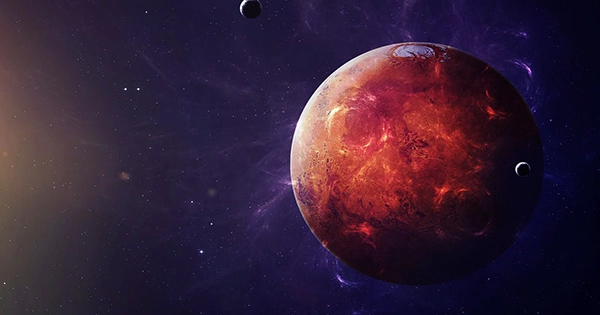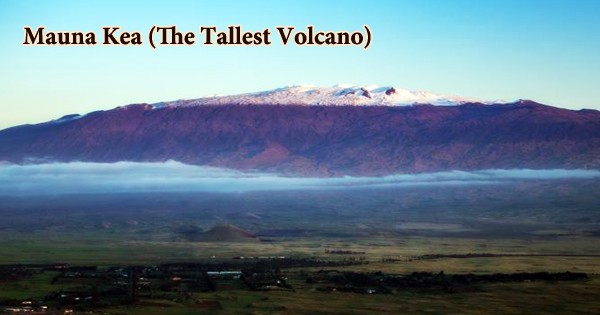From orbit, NASA’s Mars Reconnaissance Orbiter (MRO) has detected some really cool stuff. Its acute sight can identify a lot, from changing sands to mystery “spiders,” including Zhurong, the Chinese rover that arrived on Mars last May. Zhurong has traveled 1.5 kilometers (just over a mile) across Mars in the previous ten months. The orbital image shows the rover’s tracks, as well as the concluding phase of the expedition, with heightened contrast.
The HiRISE camera on MRO can spot a car-sized rover from about 288 kilometers (179 miles) above the surface, so this picture also gives an idea of how sharp it is. Zhurong is 2.6 by 3 meters (8 feet 6 inches by 9 feet 10 inches), so this picture also gives an idea of how sharp the HiRISE camera on MRO is. The mission of Zhurong, which was supposed to last 90 days, has been extended, and the rover is now exploring Utopia Planitia in search of fascinating geology — and maybe indications of ancient life.
In May 2021, the Chinese Zhurong rover arrived on Mars. (In the United States, it was 14 May; in China, it was 15 May.) This HiRISE image, taken on March 11, 2022, shows the rover’s progress in the ten months since it arrived. In reality, the wheel tracks left on the ground may be used to determine its exact course. It has proceeded around 1.5 kilometers south (about 1 mile). The rover and the rover’s journey are highlighted in this cutaway (with contrast enhanced to better reveal the tracks).
Because the majority of the views we have from Mars’ surface are stills, it’s popular to think of the Red Planet as being frozen in time. However, Mars is a dynamic world, as these remarkable repeat views from NASA’s Mars Reconnaissance Orbiter demonstrate (MRO). Planetary scientists have monitored the movement of dunes over Mars’ surface using the MRO’s High-Resolution Imaging Experiment or HiRise Camera. The goal is to figure out what the most essential elements are in their movement, and how much local and regional conditions influence them.
The largest sand fluxes are recorded in the northern polar area, assisted along by winds caused by retreating dry ice polar caps, according to an article published in the journal Geology by American researchers. These large sand streams can also be found around impact basins, such as Hellas and Isidis Planitia. Seasonal frost and ice trapped the sand in the southern regions above 45 degrees latitude south, according to the experts.
The researchers noted in the report, “We measured bed-form sand fluxes across Mars, finding that the highest fluxes are caused by boundary circumstances distinct from those on Earth.” “Syrtis Major, Hellespontus Montes, and the north polar erg are all located near major topographic limits (e.g., impact basins, the polar cap), which have large temperature gradients that presumably contribute to seasonal winds and, in turn, considerable sand mobility.”
















